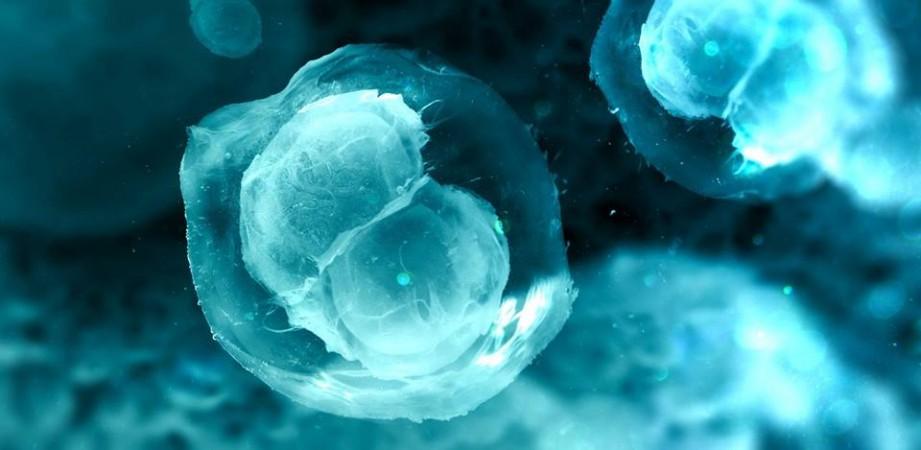
In a breakthrough research, scientists claim to have created artificial 3D-printed ovaries with biological hydrogel which could make conceiving possible for infertile women.
Also Read: Here's how caffeine kills a healthy teenager!
The study was carried out by researchers from the Northwestern University Feinberg School of Medicine and McCormick School of Engineering.
Sterilised mice were used for the experiment in which their ovaries were replaced by artificial 3D-printed ovaries. They later gave birth to healthy babies.
The artificial ovaries even helped the mice to produce breast milk to feed their newborn.
The 'ovary scaffold or skeleton' were implanted in female mice, which supported survival of immature egg cells, as well as the cells that aided hormone secretion and enhance production.
The open structure also allows room for the egg cells to mature and ovulate, as well as blood vessels to form within the implant enabling the hormones to circulate within the bloodstream and trigger lactation after giving birth.
"This research shows these bio-prosthetic ovaries have long-term, durable function," said Teresa K Woodruff, a reproductive scientist and director of the Women's Health Research Institute at Feinberg.
"Using bioengineering, instead of transplanting from a cadaver, to create organ structures that function and restore the health of that tissue for that person, is the holy grail of bioengineering for regenerative medicine," Woodruff added.
These ovaries were created using gelatin – a biological hydrogel made from broken-down collagen that is safe to use in humans. It also acts as "scaffolding" to create the artificial ovaries.
Researchers are carrying out further tests and aim at using this technology to aid infertile women who underwent cancer treatment. They want to restore their fertility by stimulating their hormone production.
"What happens with some of our cancer patients is that their ovaries don't function at a high enough level and they need to use hormone replacement therapies in order to trigger puberty," said Monica Laronda, co-lead author of this research and a former post-doctoral fellow in the Woodruff lab.
"The purpose of this scaffold is to recapitulate how an ovary would function. We're thinking big picture, meaning every stage of the girl's life, so puberty through adulthood to a natural menopause," she added.
Check the video out to understand about the 3D printed ovaries better:

















